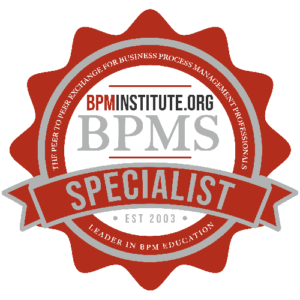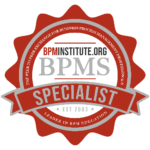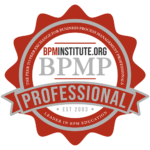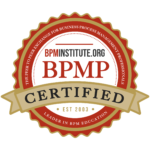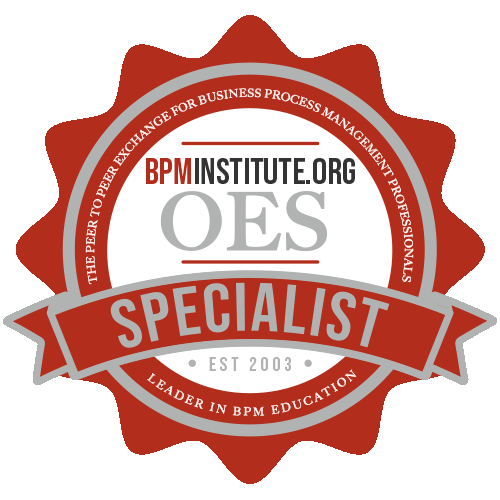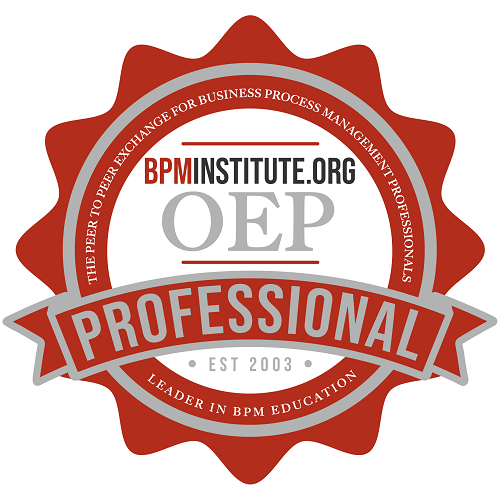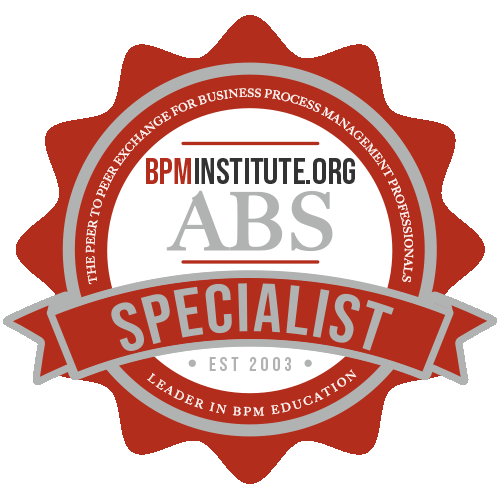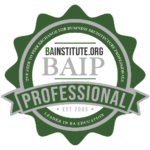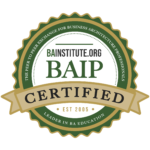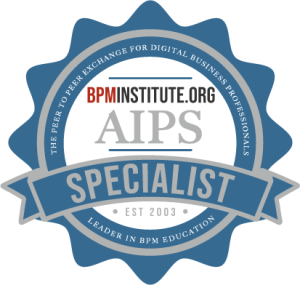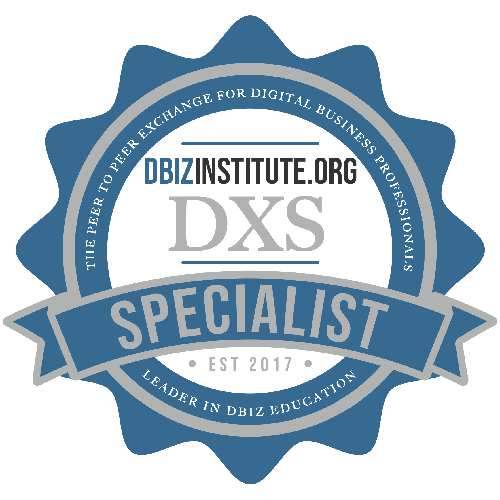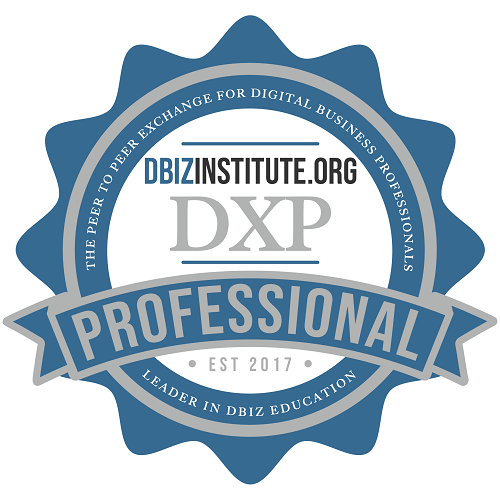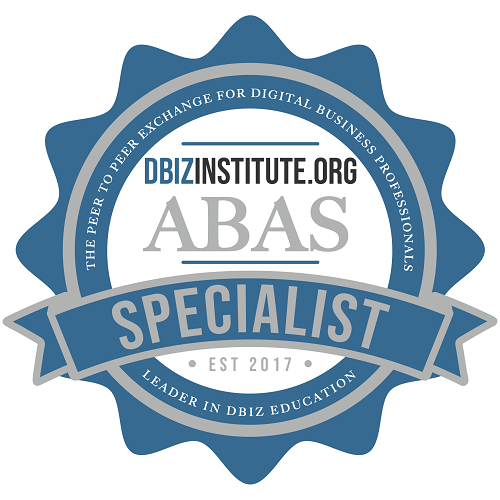In today’s data-driven world, every project—especially those involving Business Process Management (BPM)—is expected to demonstrate tangible returns. Whether you’re doing a critical workflow, streamlining a cross-departmental process, or implementing a new BPM platform, your stakeholders will inevitably ask, “What’s the return on investment?” For advanced BPM practitioners, answering that question requires more than just highlighting minor efficiency gains. It demands clear, quantifiable outcomes tied to an organization’s strategic objectives. In this article, we’ll explore proven methods to measure ROI in BPM projects, how to communicate those results effectively, and why rigorous ROI analysis can elevate BPM from a tactical tool to a strategic differentiator.
Why ROI Matters in Advanced BPM
As your BPM initiatives scale, so does the scrutiny on performance. Executives want to see evidence that BPM is not just an operational fix but a strategic investment that fosters long-term growth. A well-calculated ROI:
- Validates Resource Allocation:
By showing how your project’s benefits outweigh costs, you justify spending time, budget, and personnel on BPM rather than on competing initiatives. - Reinforces Strategic Alignment:
Demonstrating ROI connects daily process improvements with overarching corporate goals—like revenue growth, cost savings, or market expansion. - Encourages Future Investments:
When BPM projects deliver measurable results, the organization becomes more willing to fund subsequent waves of innovation, whether that’s deeper automation or broader process transformations.
Above all, ROI metrics lend credibility to the BPM practice, turning skeptics into supporters and occasional supporters into continuous improvement advocates.
Identifying the Right Metrics
ROI begins with picking the right performance indicators. While every organization is unique, you can generally categorize BPM metrics into a few core domains:
- Cost Savings
- Labor Costs: How many staff hours were freed up or reallocated?
- Operational Expenses: Did you reduce spending on paper, postage, or third-party services?
- Error Reduction: Lower error rates translate directly into cost savings, especially in regulated industries prone to compliance penalties.
- Time Efficiency
- Cycle Time: How long does it take to complete the process from start to finish?
- Throughput: Did the number of tasks completed per hour, day, or week increase?
- Lead Time: This is especially important in supply chain scenarios where delays can disrupt an entire ecosystem.
- Revenue and Market Impact
- Upsell Opportunities: Does a streamlined sales or customer service process translate into higher revenue or cross-selling potential?
- Customer Satisfaction (CSAT) or Net Promoter Score (NPS): Improvements in these metrics can drive retention and new business.
- Strategic Alignment
- Time-to-Market: For product-focused companies, faster launches can be a game-changer.
- Regulatory Compliance: If you’re avoiding fines or meeting standards more reliably, factor that into your ROI calculation.
- Risk Mitigation: Some BPM projects reduce exposure to financial, operational, or reputational risk, a benefit that’s harder to quantify but still critical.
Selecting metrics should be a collaborative effort involving process owners, finance teams, and department heads. Align each metric with the project’s specific objectives so you can track progress accurately.
Calculating ROI in Practical Terms
ROI calculations often start with a simple formula:
ROI (%) = [(Financial Value of Benefits – Cost of Investment) / Cost of Investment] x 100
But in BPM, “financial value of benefits” can be more nuanced than direct revenue. Here’s how to approach it:
- Assign Monetary Values to Time Savings:
If a process improvement saves 100 employee hours per month, multiply those hours by an average hourly salary (or fully loaded rate) to get a monetary figure. - Quantify Risk Reduction:
For compliance-related processes, consider the average fine or penalty avoided or the potential cost of downtime if a system fails. - Incorporate Opportunity Costs:
Freed-up personnel might now contribute to projects that generate additional revenue. Estimating this secondary impact can help showcase the broader value of BPM. - Account for Implementation Costs:
Don’t forget to include the full spectrum of investments: software licenses, training, consulting fees, and internal resource time. Accurately capturing these costs ensures you present a realistic net benefit figure.
Measuring and Reporting Progress
An ROI figure is only as good as the data behind it. Advanced BPM practitioners use a combination of tools and methods to maintain accurate, real-time or near real-time reporting:
- Process Mining and Analytics: Leverage platforms that can track cycle times, throughput, and error rates without manual data entry.
- Dashboards and KPIs: Create visual dashboards accessible to both executives and frontline teams, making it easy to spot trends and outliers.
- Regular Audits: Schedule periodic reviews (monthly or quarterly) to validate whether the stated ROI holds true long after deployment.
When reporting ROI, tailor your approach to your audience. Executives typically want high-level summaries tied to strategic outcomes—like how reduced cycle time enabled faster product releases. Meanwhile, department managers might appreciate detailed breakdowns of cost savings and employee time freed up.
Communicating Success—And Lessons Learned
A robust ROI calculation does more than justify a single project. It also becomes a teaching tool for the rest of the organization:
- Celebrate Wins:
Host a short presentation or a “lessons learned” forum where you highlight the process changes, metrics improved, and employee contributions. Recognizing people’s hard work fosters a culture of continuous improvement. - Address Shortfalls and Surprises:
Not every BPM project will exceed expectations. When things don’t go as planned, treat it as an opportunity to refine your approach. Did you overestimate the efficiency gains? Were hidden costs missed? Being transparent about the reality of ROI calculations builds trust. - Create Case Studies:
Document your BPM successes and share them across departments. An internal case study can inspire other teams to pursue improvements and can serve as a template for measuring ROI in the future.
Looking Ahead
The ability to demonstrate ROI puts you at the forefront of advanced BPM practitioners who don’t just optimize processes but also articulate their strategic impact. As you sharpen your measurement and communication skills, you’ll find more doors opening—whether that’s leading cross-functional initiatives, influencing executive roadmaps, or spearheading larger digital transformation projects. In the end, ROI is more than a number; it’s a story about how BPM can shift a company’s trajectory by aligning operational improvements with overarching business goals. By mastering the art of measuring and proving BPM’s value, you solidify your role as a change leader—and ensure that BPM remains a driving force within your organization for years to come.




